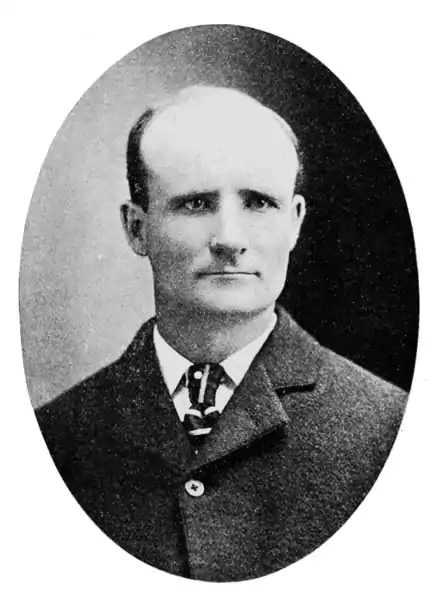562
POPULAR SCIENCE MONTHLY.
plete. In the meantime Mr. Carnegie has ordered a cast of one of the finest specimens (Diplodocus carnegiei) to be presented to the British Natural History Museum in London, where this cast is now mounted. Not content with these monster reptiles, the Carnegie Museum has sent out other expeditions, for fossil horses, camels, titanotheres, and other quadrupeds and carnivores which formerly inhabited the now desert regions of South Dakota and Wyoming.

A year or so after, the Carnegie Museum and the Field Columbian Museum of Chicago instituted a series of annual expeditions, chiefly for the great amphibious dinosaurs found in Wyoming and Colorado. Under Dr. E. S. Riggs some remarkable discoveries have been made, most notable of which is a nearly complete skeleton of Brontosaurus in a fine state of preservation. In central Colorado were found the arm bone, or humerus, and thigh bone, or femur, of another reptile of the same group of still more gigantic size. In most of these dinosaurs the femur is decidedly longer than the humerus; but in this beast, although the femur is actually 6 feet 8 inches in length, the humerus is fully as long. Dr. Riggs has accordingly named this animal Brachiosaurus, in reference to the great size of the brachium, or arm.